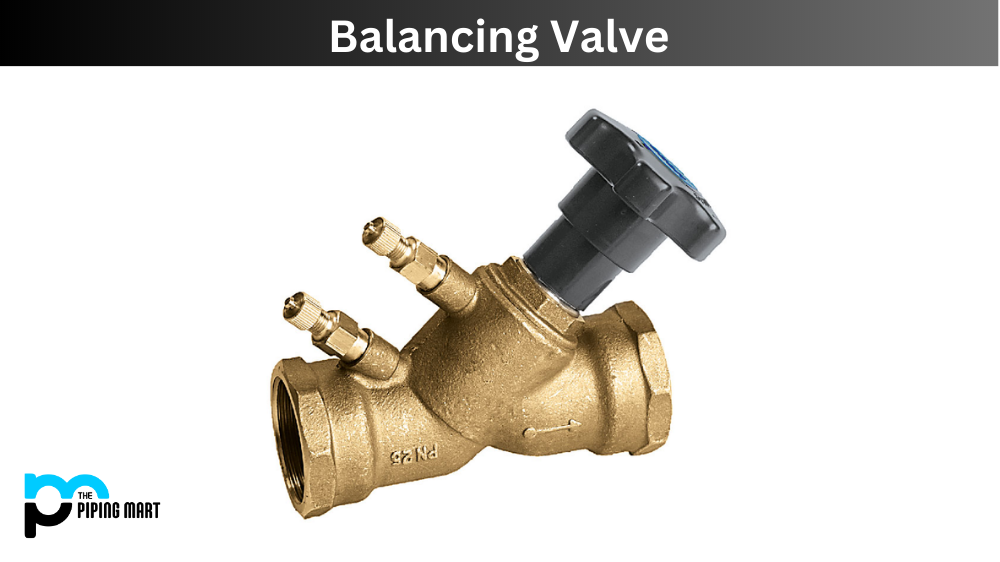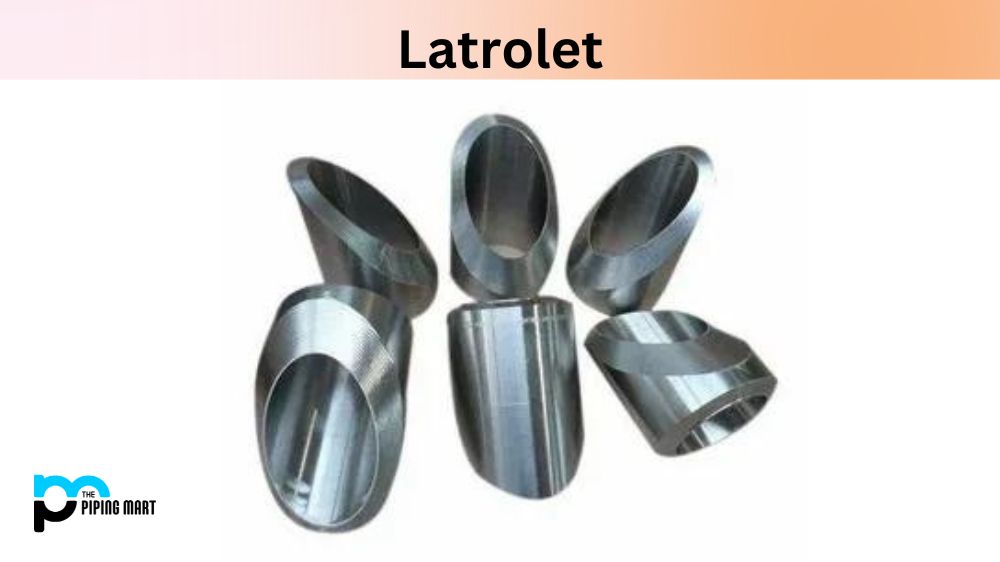Balancing valves are essential components of HVAC systems that help regulate flow and pressure to ensure optimal performance and efficiency. With various types of balancing valves available in the market, choosing the right one for your HVAC system can be challenging. This blog post discusses six significant types of balancing valves: manual balancing valves, fixed orifice balancing valves, variable orifice balancing valves, direct reading balancing valves, automatic balancing valves, and thermal balancing valves. By understanding the differences between these valves, you can decide what will work best for your HVAC system.
Types of Balancing Valves
Manual Balancing Valves
Manual balancing valves have been around for a long time and remain popular due to their simplicity and robustness. These valves are manually adjusted to achieve the required flow rate and are typically installed in the return pipe to balance the system’s flow rate. They’re usually inexpensive, easy to install, and require minimal maintenance. However, manual balancing valves need to be more precise and may require frequent adjustments.
Fixed Orifice Balancing Valves
Fixed orifice balancing valves are affordable solutions that rely on a fixed opening to control the flow rate. These valves are relatively simple and low-maintenance but are prone to inaccuracies due to pressure and temperature variations affecting the flow rate. For this reason, they’re best suited for low-pressure applications where there are few thermal fluctuations.
Variable Orifice Balancing Valves
Variable orifice balancing valves have an adjustable opening that allows for precise flow regulation, making them ideal for systems requiring high accuracy and stability. These valves are often used in HVAC systems that require frequent adjustments due to changes in demand. They come in both manual and automatic models, with automatic models being more expensive and complex. While variable orifice balancing valves are more precise than fixed orifice balancing valves, they are more costly and require regular maintenance.
Direct Reading Balancing Valves
Direct reading balancing valves are a new generation that eliminates the need for manual adjustments. These valves come with pressure gauges that enable you to read the flow rate directly and adjust accordingly. They’re typically used in HVAC systems that require real-time monitoring and adjustment. Direct reading balancing valves are highly accurate and easy to use, but they’re also expensive and require professional installation.
Automatic Balancing Valves
Automatic balancing valves are sophisticated solutions that use electronic control systems to regulate flow rate and pressure. These valves are typically used in large-scale HVAC systems, where manual adjustments are impractical. Automatic balancing valves are exact, require minimal maintenance, and allow remote monitoring and control. However, they’re the most expensive balancing valves, and their sophisticated control systems can be challenging to set up and maintain.
Thermal Balancing Valves
Thermal balancing valves are designed to deliver uniform heating or cooling throughout a building by ensuring constant flow rates across all the heating and cooling terminals. They use thermal actuators to adjust the flow rate based on temperature variations in different building parts. Thermal balancing valves are handy in buildings with significant temperature variations due to other exposures, solar gains, or proximity to heat sources. However, thermal balancing valves are generally expensive, and their installation requires professional expertise.
Conclusion
Choosing the suitable balancing valve for your HVAC system requires careful consideration of accuracy, stability, maintenance requirements, and cost. While each of the six balancing valves discussed in this blog post has pros and cons, you need to assess your system’s specific needs to determine the best type of valve for your use. If you need help deciding which valve suits you, consult a professional HVAC technician who can guide you through the selection process and ensure proper installation.

Meet Bhavesh, a seasoned blogger with a wealth of knowledge and experience. From metal products manufacturing to retail, Bhavesh has a diverse background in various industries and is dedicated to sharing his insights and expertise with readers.




